Innovative Trends in Containers and Packaging Shaping Sustainable Consumer Choices for 2024
In an era where sustainability is becoming increasingly paramount, the role of containers and packaging is evolving to meet the demands of environmentally conscious consumers. As we look towards 2024, innovative trends in containers and packaging are not only reshaping aesthetic appeal but also promoting sustainable practices that influence consumer choices. Brands are rethinking materials and designs, opting for eco-friendly alternatives that reduce waste and carbon footprints while enhancing functionality.
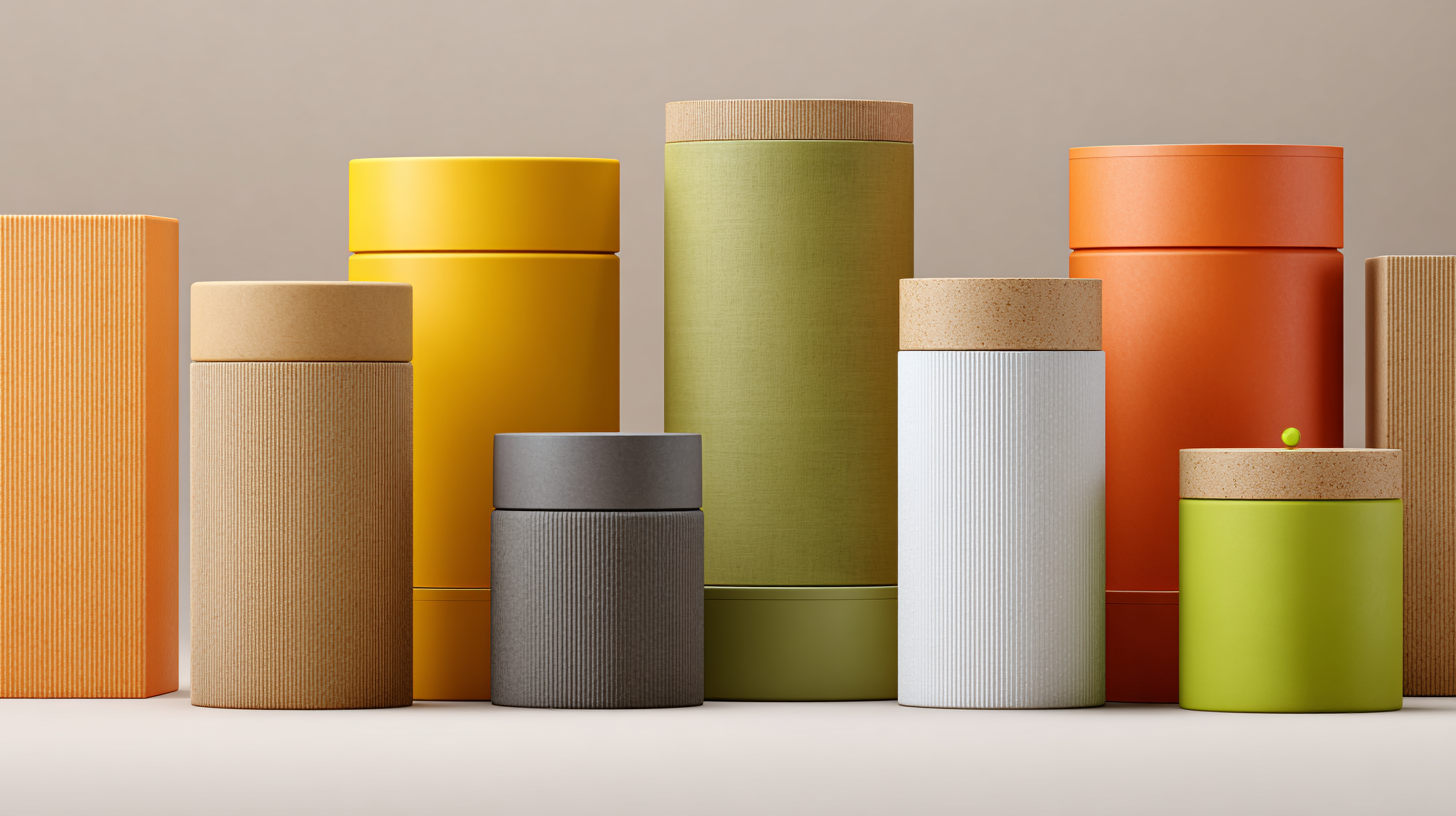
Emerging Eco-Friendly Materials Revolutionizing Packaging Practices
As sustainability becomes a cornerstone of consumer preferences in 2024, the packaging industry is seeing a significant transformation driven by innovative materials that emphasize eco-friendliness. Emerging bio-based polymers, derived from renewable resources, are taking center stage. These materials not only reduce dependency on petroleum-based plastics but also offer biodegradability, contributing to a circular economy. Brands are increasingly adopting these alternatives, recognizing the potential to engage environmentally conscious consumers who prioritize sustainable choices in their purchasing decisions.
In addition to bio-based polymers, innovations such as mushroom-based packaging and seaweed-derived materials are gaining traction. These avant-garde options provide a waste-free solution, as they can be composted or even consumed in some cases. As businesses strive to minimize their ecological footprint, embracing these revolutionary materials is becoming a crucial strategy. Together, they represent a paradigm shift in packaging practices, where functionality and environmental responsibility coalesce, ultimately driving a cultural shift toward more sustainable consumer habits.
Innovative Trends in Containers and Packaging Shaping Sustainable Consumer Choices for 2024
Smart Packaging Innovations Enhancing Consumer Engagement and Sustainability
The rapid evolution of smart packaging innovations is playing a significant role in enhancing consumer engagement and promoting sustainability. By 2025, the global smart packaging market is projected to reach approximately $26.06 billion, with anticipated growth driven by increased consumer awareness and demand for sustainable solutions. These innovations not only provide enhanced functionality, such as better product tracking and freshness indicators, but also transform packaging into an interactive experience. This engagement fosters a deeper connection between consumers and brands, encouraging informed purchasing decisions.
In addition to consumer engagement, the focus on sustainability in packaging is gaining unprecedented momentum. With packaging machinery advancements that emphasize automation and efficiency, companies are finding ways to reduce waste while maintaining product integrity. The Greek yogurt market, for example, is exploring diverse packaging options, which include eco-friendly materials that meet the growing demand for transparency and environmental responsibility. As businesses adapt to these innovative trends, they are reshaping the landscape of consumer choices, steering it towards more sustainable and responsible practices in 2024 and beyond.
Innovative Trends in Containers and Packaging Shaping Sustainable Consumer Choices for 2024
| Trend | Description | Impact on Sustainability | Consumer Engagement Level |
|---|---|---|---|
| Biodegradable Materials | Use of plant-based materials that decompose naturally. | Reduces landfill waste and pollution. | High |
| Smart Packaging | Integration of technology for real-time information on product status. | Enhances tracking and reduces food waste. | Medium |
| Recyclable Packaging | Use of materials that can be processed and reused. | Conserves resources and reduces environmental impact. | High |
| Minimalist Packaging | Reduction in packaging material while maintaining product integrity. | Lowers overall resource usage and waste generation. | Medium |
| Interactive Packaging | Utilizes augmented reality or QR codes to engage consumers. | Encourages recycling and responsible disposal through education. | Very High |
Circular Economy Strategies Transforming Container Design and Usage
The integration of circular economy strategies into container design and usage is gaining momentum, especially in the food packaging industry, which is under pressure to address environmental challenges associated with plastic reliance. By transitioning from a 'take-make-dispose' model to one that maximizes resource efficiency, firms are not only reducing waste but also enhancing sustainability across their operations. A recent study highlights that enhancing design methodologies can significantly mitigate pollution and resource depletion, aligning with the overarching goals of a circular economy.
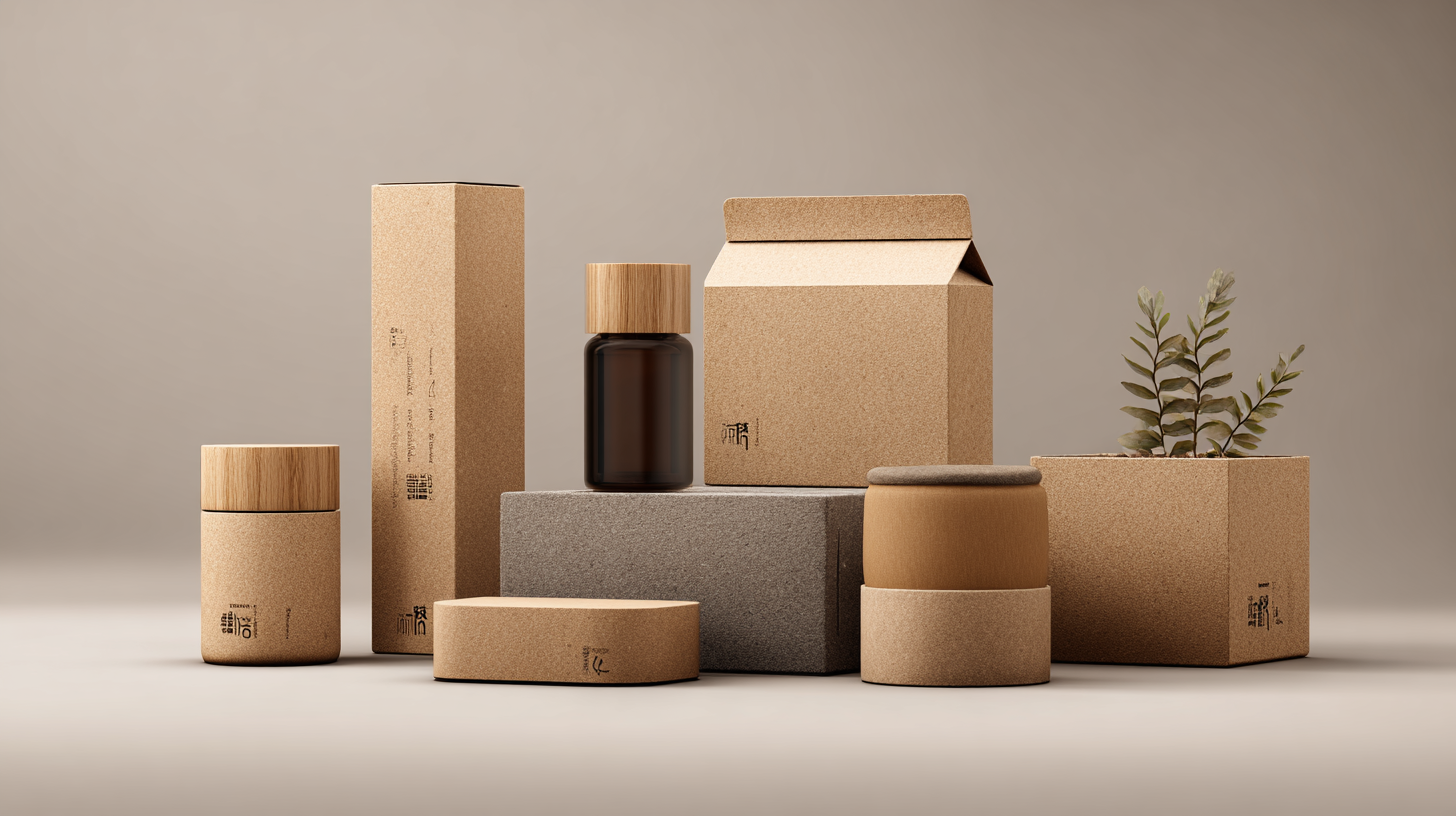
Moreover, adopting new material selection tools tailored for a renewable circular economy can drive innovation in packaging for fast-moving consumer goods. Studies indicate that strategically prioritized circular polymers are crucial in minimizing the environmental footprint of packaging solutions. For instance, research suggests that optimizing the plastic footprint of fruit packaging can reduce climate impacts substantially, demonstrating the importance of intelligent design and logistical enhancements. Companies are increasingly recognizing that embedding circular economy principles into their strategies not only supports environmental sustainability but also strengthens their market position in today's eco-conscious consumer landscape.
Consumer Awareness and Preferences Driving Sustainable Packaging Choices
The focus on sustainable packaging has become a defining trend in the cosmetics market as consumer awareness significantly influences purchasing decisions. Over 70% of cosmetics brands are now prioritizing environmentally friendly solutions, aligning their packaging strategies with the growing preferences of consumers who seek to minimize their ecological footprint. While plastic continues to dominate as the primary material for packaging, there is an increasing shift towards alternative options that reduce environmental impact and enhance recyclability.
As consumers become more informed about the implications of their choices, the demand for sustainable packaging will likely expand further. Recent surveys indicate that while food safety and shelf life remain critical packaging features, the emphasis on environmental impact is gaining traction. This shift underscores a broader trend where brands are compelled to innovate not just for aesthetic appeal but also for sustainability, responding to a market that increasingly rewards eco-conscious initiatives. The evolution of packaging practices thus reflects a pivotal movement towards a future where sustainability is paramount in shaping consumer preferences and brand loyalty.
Regulatory Trends Influencing the Future of Consumer Packaging Solutions
The regulatory landscape surrounding consumer packaging solutions is undergoing significant transformation as sustainability becomes a priority for both governments and consumers. In 2024, we can expect to see stricter regulations aimed at reducing single-use plastics and promoting recycled materials. Governments worldwide are implementing policies that mandate a minimum percentage of recycled content in packaging, encouraging companies to innovate and invest in sustainable practices. This regulatory push not only addresses environmental concerns but also shifts consumer behavior toward brands that prioritize eco-friendly packaging.
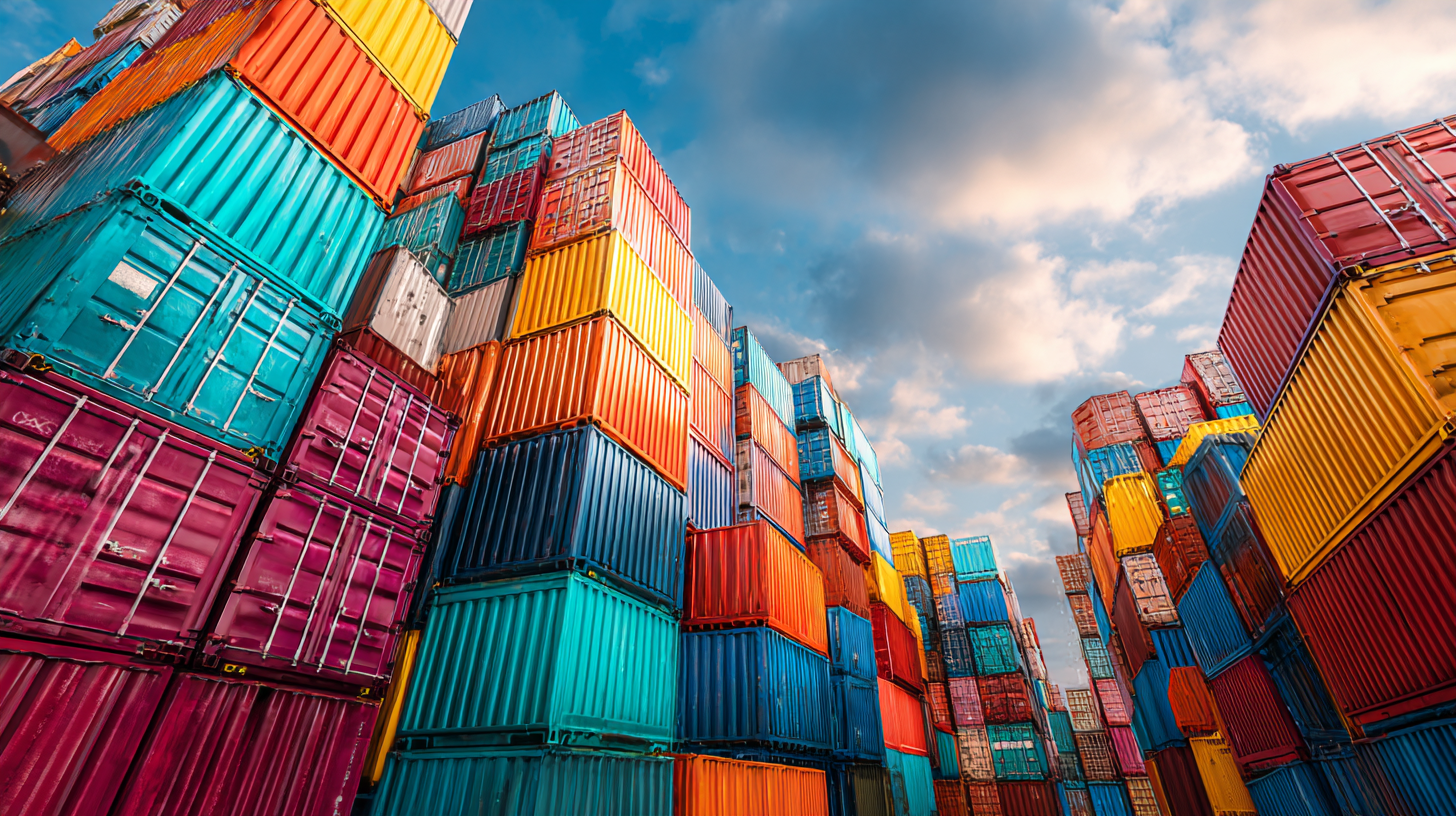
Moreover, packaging waste management regulations are evolving to enhance recycling infrastructure and support circular economies. Extended Producer Responsibility (EPR) schemes are being adopted in many regions, requiring producers to take responsibility for the lifecycle of their packaging, thus motivating them to explore alternative, sustainable materials. As these regulations take effect, consumers will likely become more informed and selective, impacting their purchasing decisions. Brands that proactively adapt to these changing regulations will not only comply but also position themselves as leaders in sustainability, appealing to a growing demographic of eco-conscious consumers.
Related Posts
-
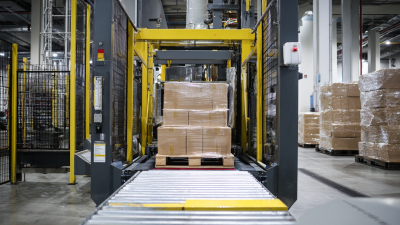
Exploring Innovative Examples of Pallet Shrink Wrap Machines in Modern Warehousing
-
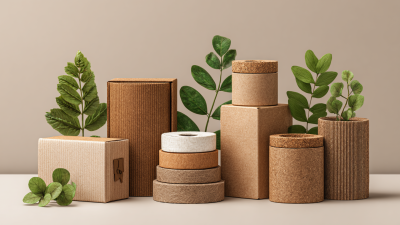
How to Choose Sustainable Packaging Materials for Your Business Needs
-

How to Choose the Best Tape Machine for Your Box Packaging Needs
-

7 Secrets to Choosing the Best Pallet Shrink Wrap Machine for Your Business
-
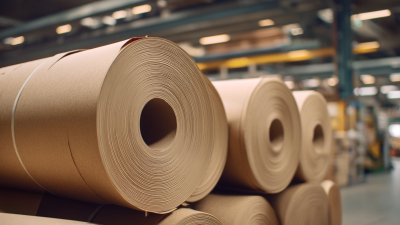
Revolutionizing Sustainability: The Impact of Innovative Packaging Paper Solutions
-

7 Innovative Tips for Selecting the Best Packaging Supplies for Your Business
